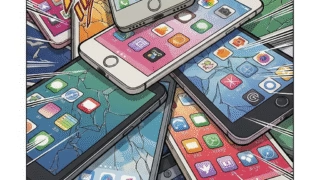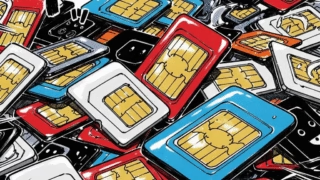 Expense Reduction
Expense Reduction Saving Money on Household Appliances
Say you need a new refrigerator, rice cooker, toilet, or air conditioner. This could be because the old one broke, becau...
 Expense Reduction
Expense Reduction  Expense Reduction
Expense Reduction  Budgeting & Expense Management
Budgeting & Expense Management  Expense Reduction
Expense Reduction  Budgeting & Expense Management
Budgeting & Expense Management  Expense Reduction
Expense Reduction